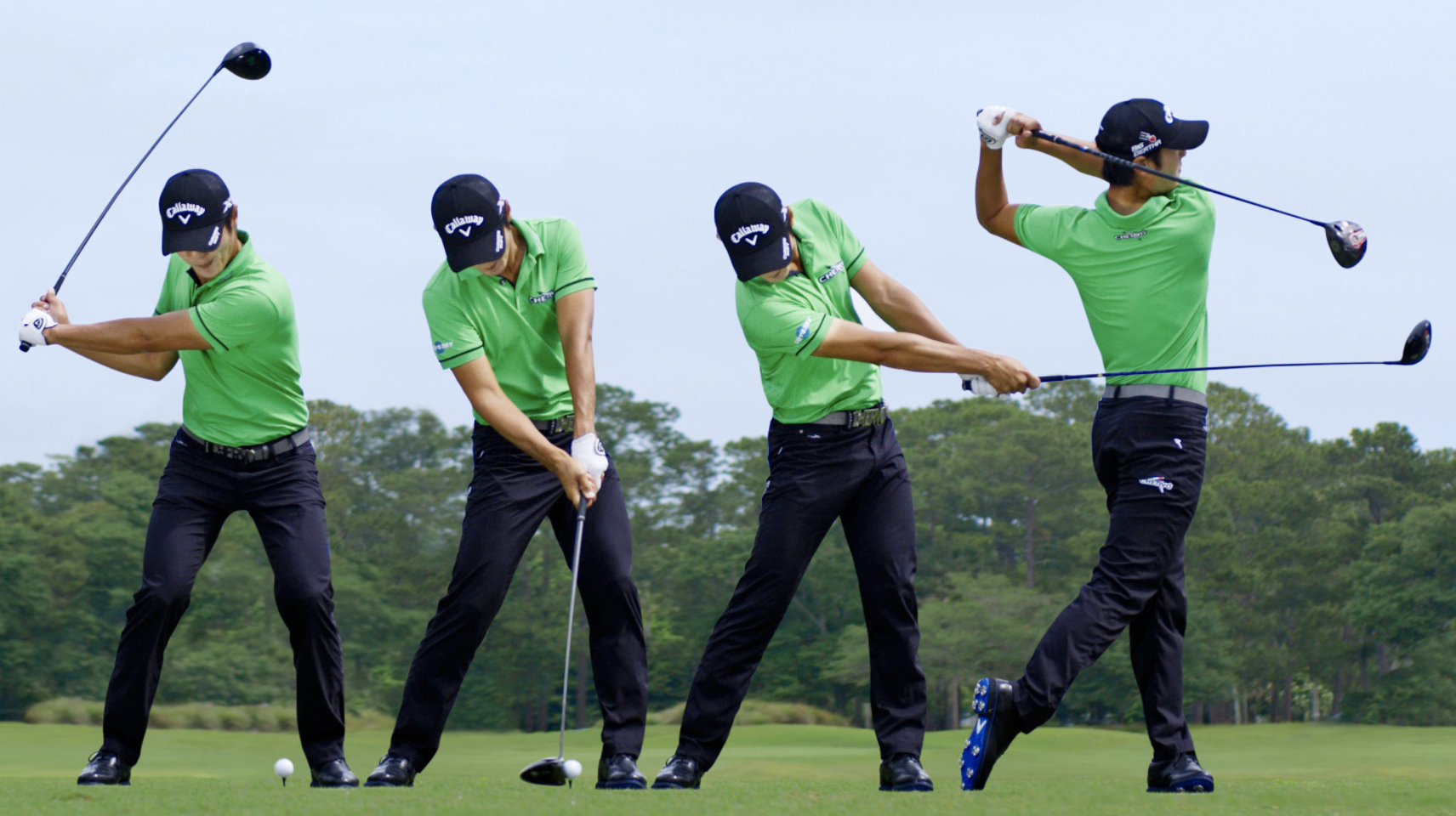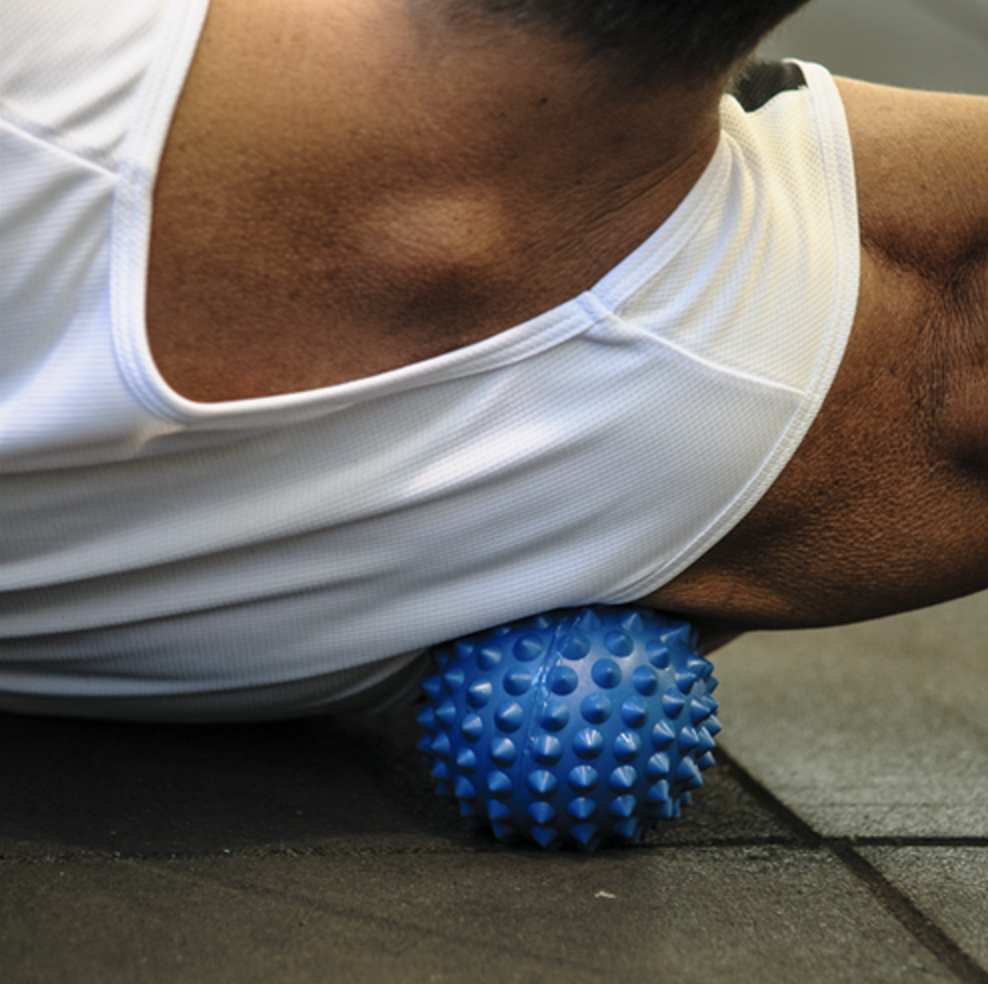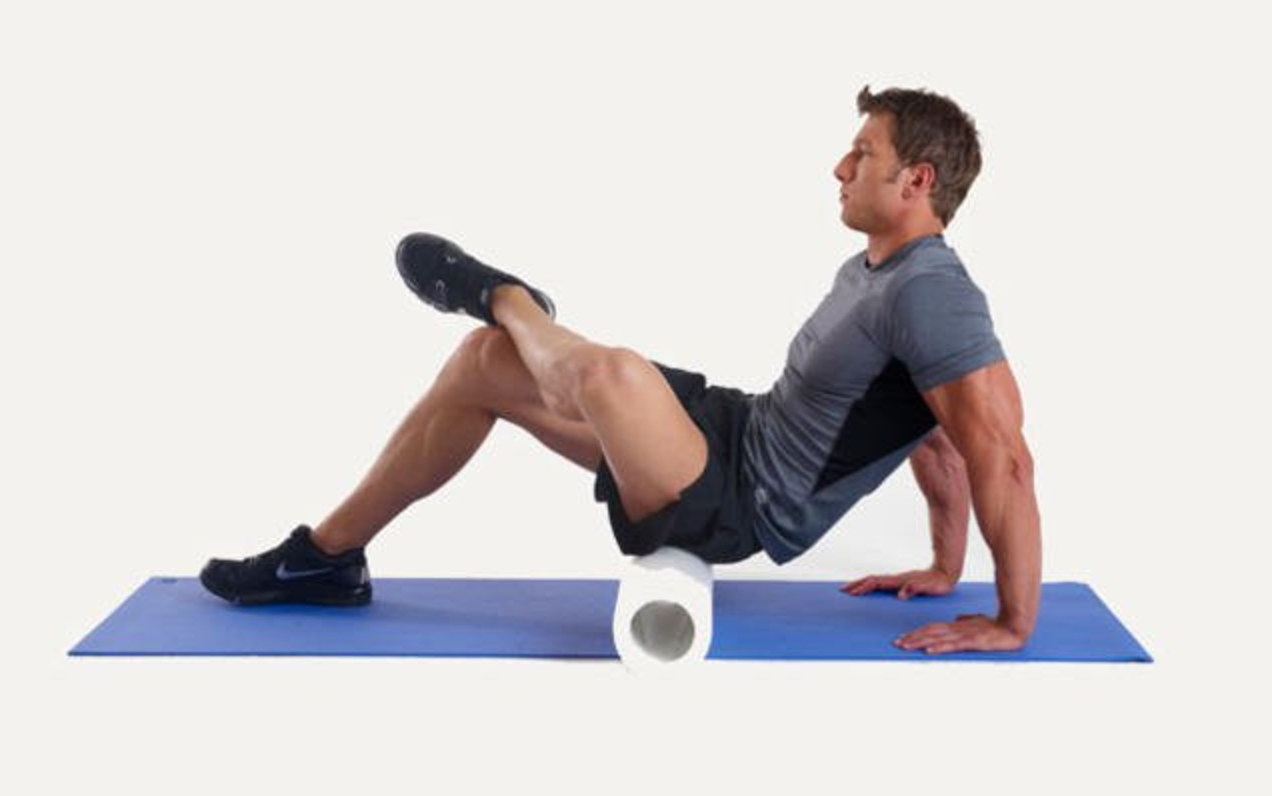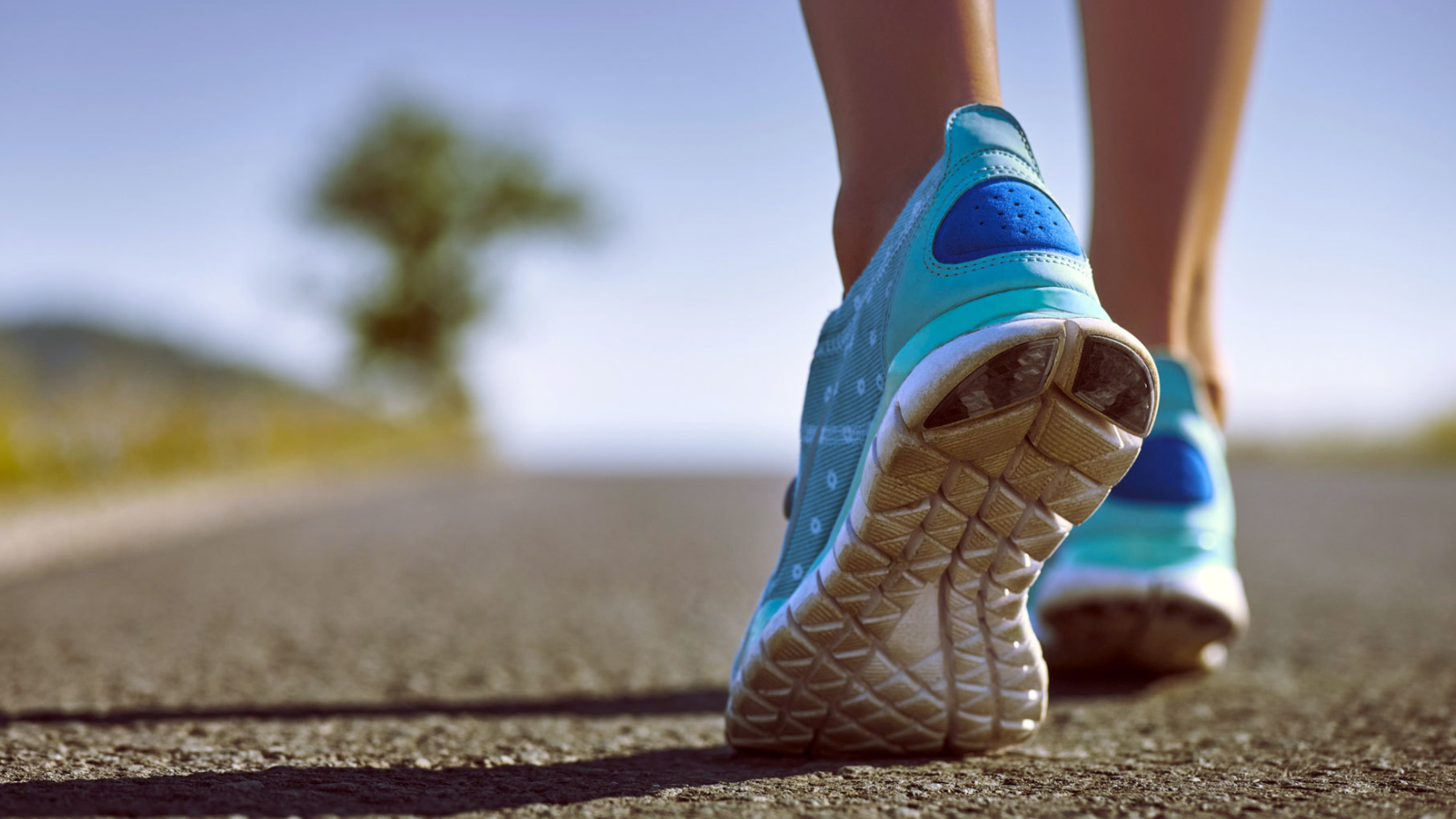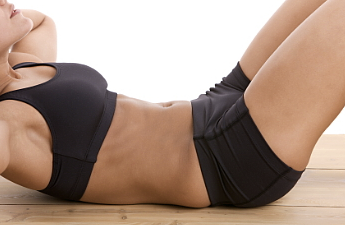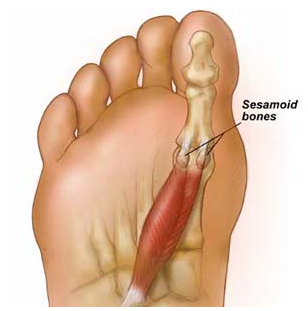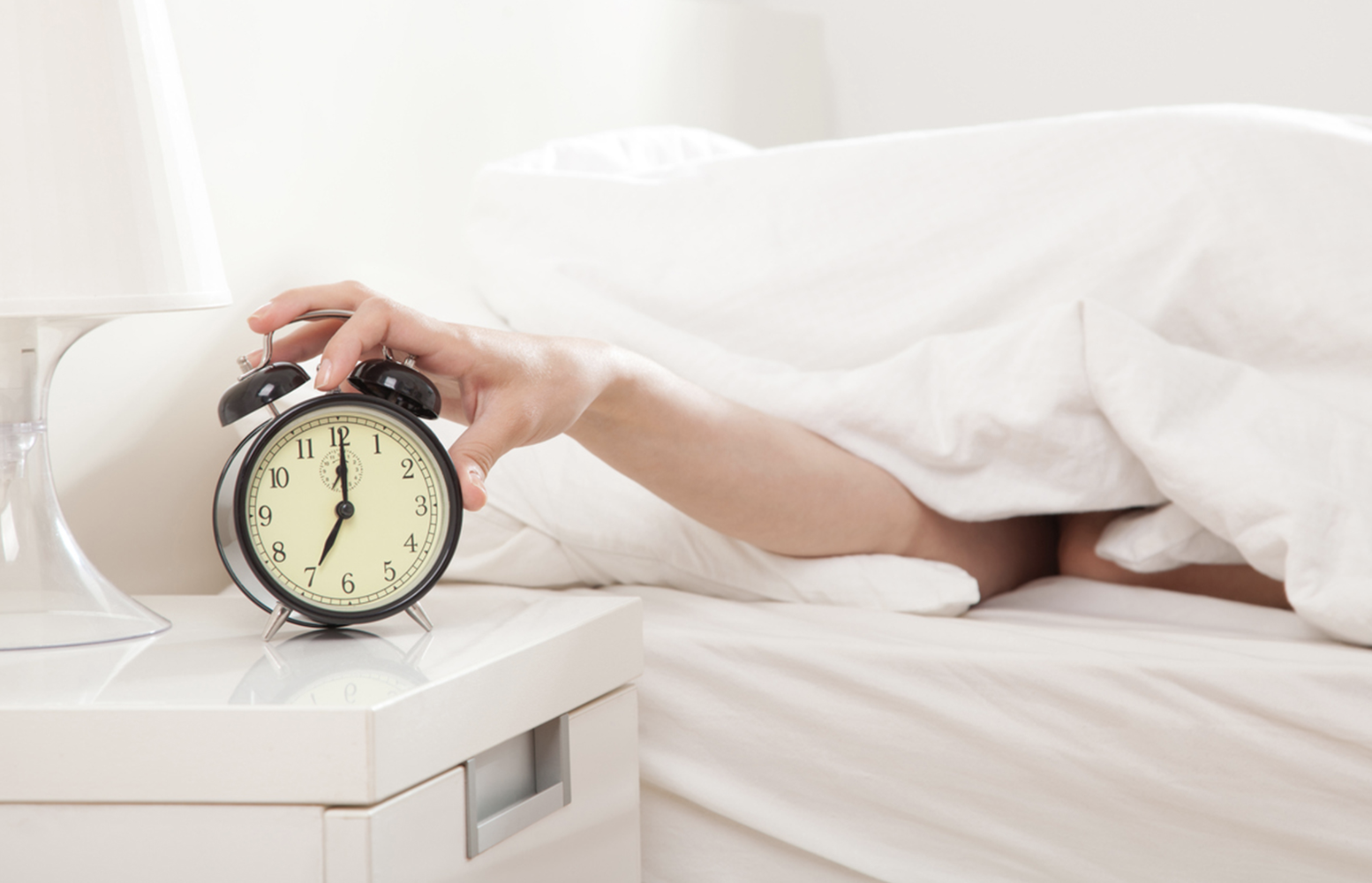
Must we sit? Have you ever considered how much sitting you do on a daily basis? How much of this is optional sitting and how much is non-optional sitting? The idea of optional sitting and non optional sitting first caught my eye in a book I started reading called, Deskbound, which was written by a Physical Therapist in America named Kelly Starrett and published in 2016. For those of us who spend a significant portion of our day sitting, this is a great way to really consider how much time we spend sitting and recognize this and take action to...

Adequate and appropriate recovery is essential for allowing the body to adapt to training loads, repair its self and prevent injuries. If you are working your body like an athlete, you must also recover like an athlete! Nutrition – Inadequate energy intake will leave your body unable to replenish energy stores and repair and build tissue to attain your training goals. Proper nutrition helps to maintain blood glucose during exercise, maximise performance and improve recovery time. Tip: Ensure you have adequate carbohydrate and protein intake in your diet. Immediately after exercise consume high glycemic index (GI) carbohydrate foods. Hydration – Fluids and electrolytes...

With 24/7 gyms popping up all over the place, the health department increasing their emphasis on exercise promotion, everyone trying to get their beach bodies set for summer and the warm weather making any kind of exercise that bit more appealing, more and more people will start hitting up the gym and pounding the pavement. As everyone begins to emerge from their winter exercise hibernation, we will slowly see the usual suspects start to fill the clinic: The Hibernators: Now that you can go for a run without fear of frostbite or getting drenched, there will be plenty of people...

The Golf Swing The golf swing is a complex series of movements, and many golfers are limited by their physical capabilities to perform these movements, whether it is due to poor coordination of their body segments, lack of adequate flexibility, or lack of appropriate control and strength. Our Physiotherapists at QSP can identify these physical restrictions and implement an appropriate program to address them. By eliminating these physical restrictions you will improve your capability to swing the club better. The way we posture and move ourselves on a daily basis can affect the ability for our bodies to work optimally in...

Using a spiky ball on a regular basis is a great way to maintain flexibility, ease muscle tension and optimise performance. Spiky balls are particularly effective at releasing tightness due to myofascial trigger points. These are the knots and contractions that form in response to poor posture and over-use. WHY USE A SPIKY BALL? There are some parts of the body that you can’t quite get to with a foam roller or traditional massage techniques and this is where the spiky ball comes in handy. Spiky balls are firmer and larger than a tennis ball and not quite as...

If you use the right technique, a foam roller can act like a really good, free masseuse. It not only prepares your body for the stresses of a workout, but it also relieves aches and prevents them from coming back, he says. That’s right: a free massage that stops pain. It doesn’t get much better than that. So, what hurts? Keep reading to find your foam rolling fix for common pains. (Of course, if the pain persists or continues to get worse, see a qualified health professional.) Foam rolling might feel uncomfortable at first, but that means the muscle needs...

There are many thoughts about why we get injuries. How come it is always those who exercise regularly? The fitter you are, it appears that you’ll eventually end up in the physio chair or the surgeon’s table. One thought process is the relationship to exercise overload. For example: When you don’t service your tyres on your car, they often run out of alignment, leading to wear and tear on certain parts of a tyre. This can eventually cause alignment and balance issues. This is the same with the body as there’s multiple elements in which one must maintain to try...
Injury prevention in cycling So you’ve all the gear and only a vague idea; you’ve started cycling, training hard for the Cycling event of the year, and you’re loving it… then some injuries start creeping in and you start to think ‘I thought this cycling malarkey was meant to be good for me!!’ Well, it is! But there are a few handy hints and tips we have for you to make sure that you last a bit longer past the casual sprint. Stability: Definiton: The ability to maintain a state of stableness, the property of a body that causes it when...

What is Core stability? Lower back pain affects 80% of the population at some point in their life. Although an episode of lower back pain may settle in 4 to 6 weeks, the deep abdominal muscles remain impaired which can lead to reoccurence and reoccurrence of low back pain. Specific exercises that retrain these deep abdominal muscles after injury are thus important for prevention of reoccurrence and exacerbation. Core stability is defined as “the ability to control the position and motion of the trunk over the pelvis to allow optimum production, transfer, and control of force and motion to the...

A complaint among many runners recently has been that of big toe sesamoiditis. What is sesamoiditis you ask? Sounds more like a seasoning for a chicken stir fry if you ask me. Let me help break this down for you. ‘Sesamoid’ is a type of bone and ‘itis’ by definition means inflammation. Thus, the condition is inflammation of the sesamoid bone or bones. There are two sesamoid bones about the size of popcorn kernels based underneath the big toe sitting within two tendons. Sesamoid bones unlike regular bones sit within muscles or tendons, rather than meeting at a joint with...




